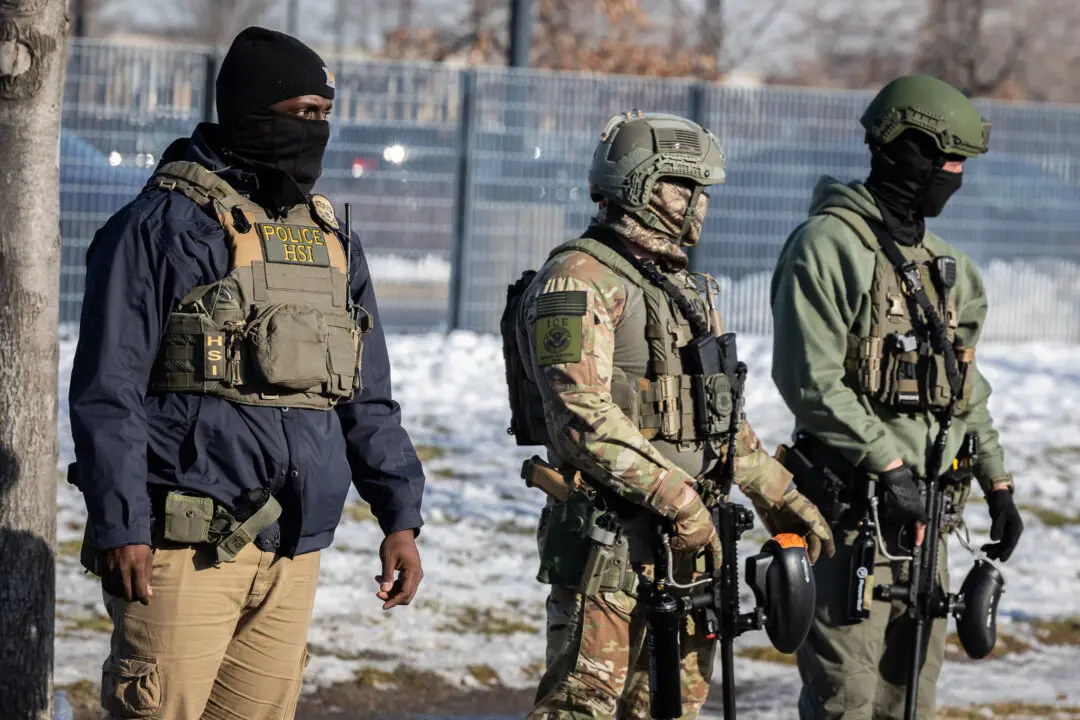The eruption of a “supervolcano” beneath Yellowstone National Park would devastate the entire world, according to an opinion piece published in the New York Times on Aug. 21.
Bryan Walsh, an author of the book “End Times,” wrote that there are 20 supervolcanoes on Earth that represent the greatest threat to human life.





